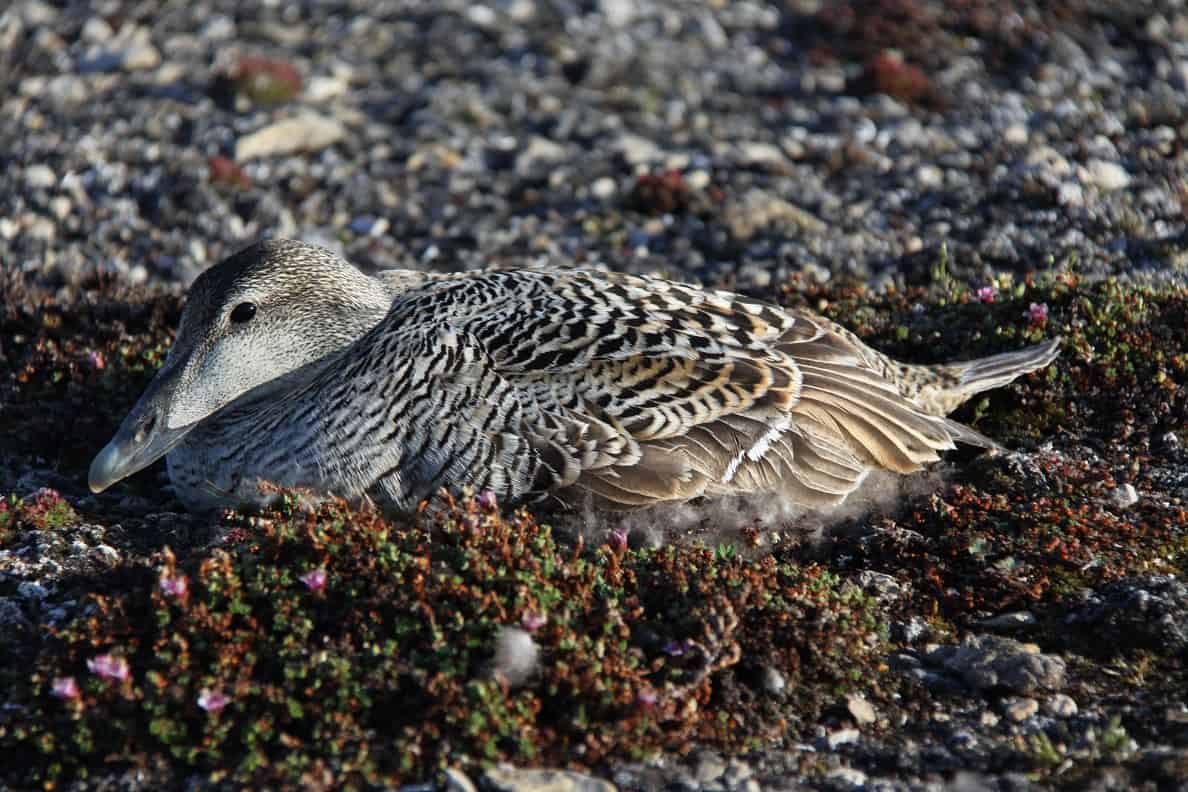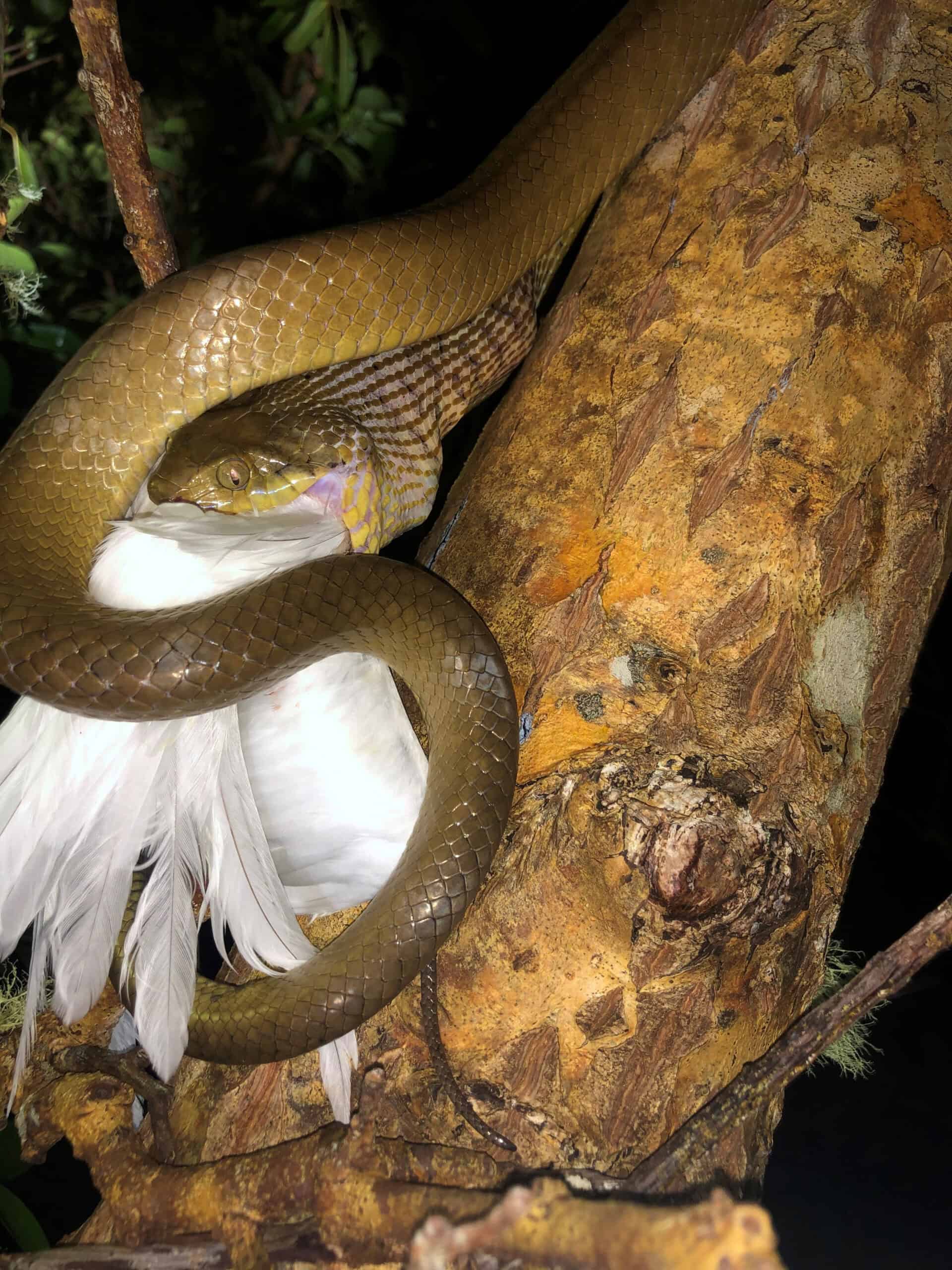Share this article
Wildlife Featured in this article
- common eider
- king eider
- northern fulmar
- black guillemot
- thick-billed murre
- black-legged kittiwake
- long-tailed duck
- Arctic tern
Resources Featured in this article
High cadmium levels dropped in Arctic seabirds
Cadmium cycles through Canadian Arctic seabird colonies
High levels of cadmium found in Arctic seabirds in the early 2000s have subsided in more recent years to the relief of ecologists tracking potentially dangerous chemicals.
“I had thought cadmium was increasing in the Arctic, but that isn’t at all what happened,” said Mark Mallory, Canadian Research Chair in ecology at Acadia University.
Cadmium appears naturally in the environment, but some industrial processes also produce cadmium as a byproduct.
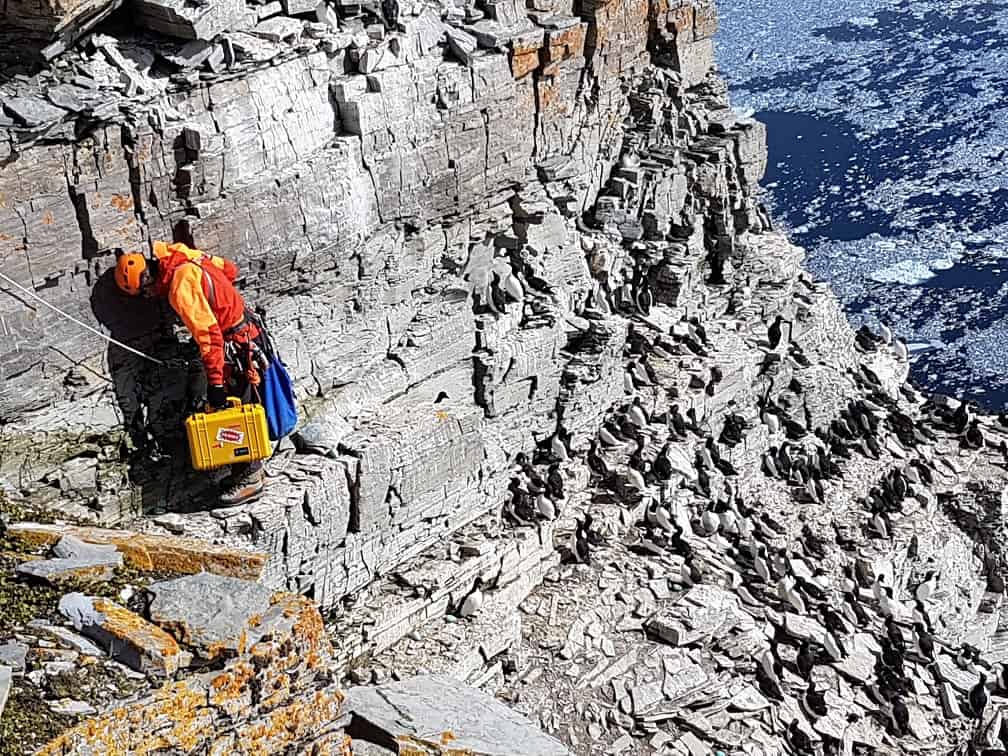
Mallory has studied chemical pollution in the Arctic for more than two decades, but he mostly examined pollutants like mercury. He was first clued into a potential problem with cadmium in the mid-2000s.
“I led an initial assessment looking at eiders, and we showed that there had been about a 300% increase in cadmium [in the birds] in the period we sampled,” he said.
Cadmium can be toxic for seabirds. Various studies show that it can reduce iron in blood; increase blood pressure; cause liver and nervous tissue damage; and negatively affect growth and breathing in various organisms. The levels Mallory and his colleagues found still hadn’t reached the threshold of what scientists consider toxic to the eiders, so he dropped the line of investigation until more recently when he heard about high levels of cadmium in squid, which some seabird species consume.
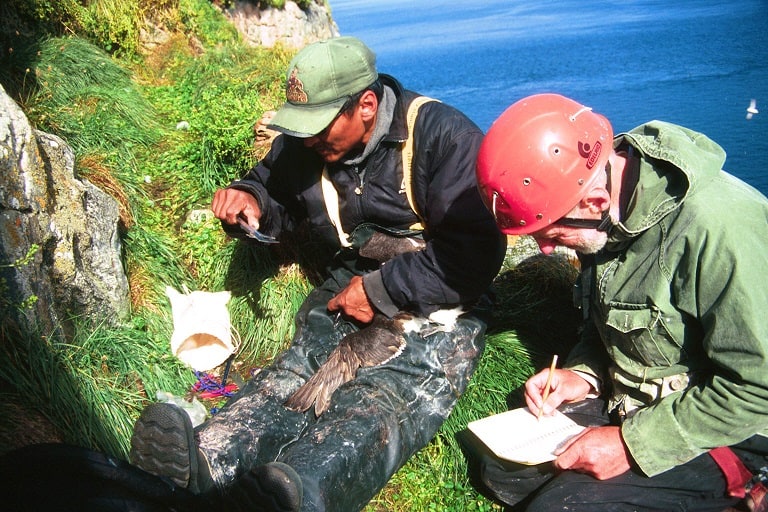
Mallory and his colleagues decided to take another look at cadmium. For a study published recently in Science of the Total Environment, they analyzed tissue samples collected from 12 seabird colonies across the Canadian Arctic, from Hudson Bay up to southern Ellesmere Island at the far north of Canada, including Baffin Island and western Nunavut. They analyzed samples collected from 1975 to 2013 and archived in the National Wildlife Research Centre in Ottawa from common eiders (Somateria mollissima), king eiders (Somateria spectabilis), northern fulmars (Fulmarus glacialis), black guillemots (Cepphus grylle), thick-billed murres (Uria lomvia), black-legged kittiwakes (Rissa tridactyla), long-tailed ducks (Clangula hyemalis) and Arctic terns (Sterna paradisaea).
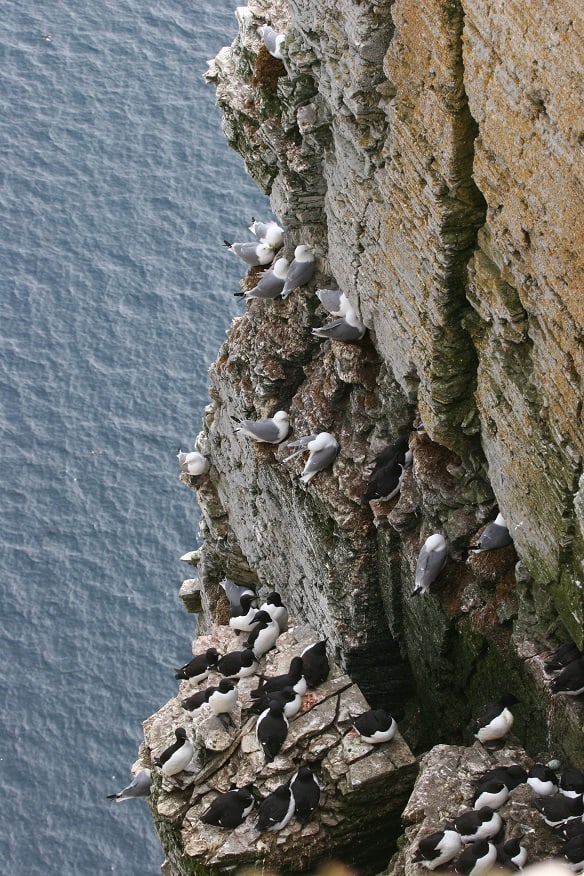
To begin with, the researchers found that none of the seabirds they examined had toxic levels of cadmium in their systems. “That was a good news story,” Mallory said, though he cautioned that these levels of cadmium could still cause sublethal symptoms that might affect bird populations in the long-term.
It’s also possible that the samples they analyzed are biased. Most of these tissue samples are gathered directly from living birds at breeding colonies, with a few from birds harvested by hunters. It’s possible that birds with high cadmium concentrations either die in the ocean somewhere far from the colonies, or that they don’t visit the breeding colonies at all because they aren’t in the sufficient condition for breeding.
“You have to really think about what it is you’re sampling,” Mallory said.
There were also some interspecies differences, as could be expected based on different diets. King eiders and thick-billed murres had the highest levels. While the former wasn’t surprising, Mallory didn’t expect to see such high cadmium levels in thick-billed murres. “I tend to associate heavy trace elements [like cadmium] with benthic foragers or near-shore foragers,” Mallory said, explaining that these murres mostly forage in deeper waters.
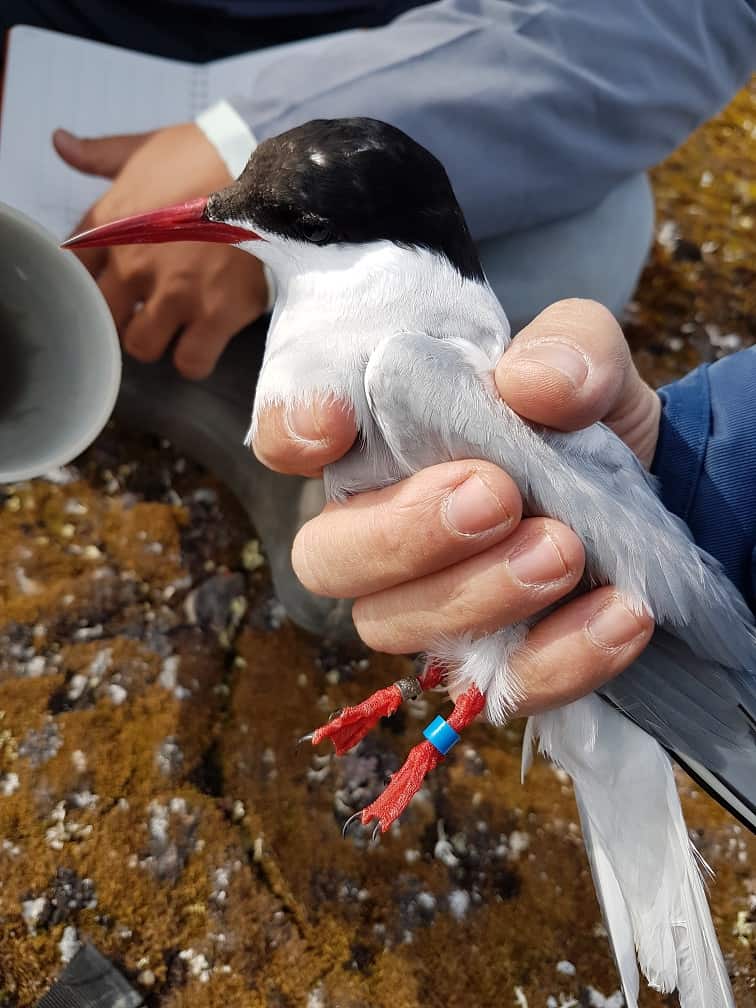
He also expected northern fulmars to have high levels of cadmium based on their high-cephalopod diets, but the results didn’t show that.
The researchers also found another piece of promising news. While cadmium levels increased in the mid-2000s, the levels began to drop again in subsequent years—so much so that by 2013, cadmium levels were lower in eiders than they were in the beginning of the study period in 1975.
Mallory said the findings show that cadmium concentrations may actually be related to the North Atlantic Oscillation—a broad, multi-year climate pattern similar to the Pacific’s El Nino in which winters shift from cold and dry, to wet and warmer.
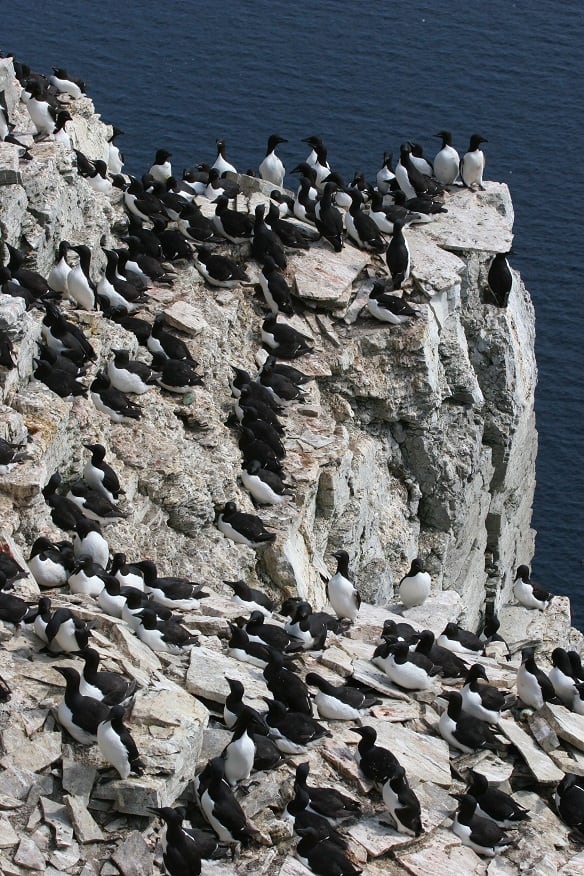
The data revealed that cadmium levels typically dropped in the year after a cold, dry winter. Mallory said the researchers aren’t completely clear on how this works. But he speculated that it might be related to the way that cadmium gets infused into Arctic waters.
While this study is mostly good news in terms of cadmium levels in seabirds, Mallory noted that researchers still don’t fully understand the ways that various ingested chemicals interact with each other. It’s possible that even low amounts of cadmium could have negative effects on bird health when combined with some of the many other chemicals that seabirds ingest.
As a result, continued monitoring of seabird tissues is critical, Mallory said.
Header Image: A common eider sits on a nest. Credit: Mark Mallory



